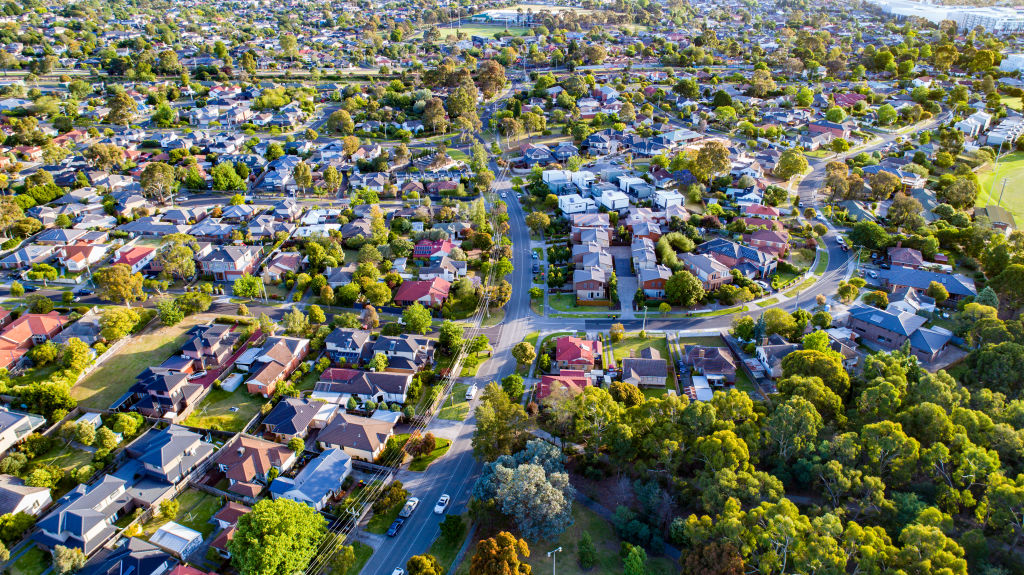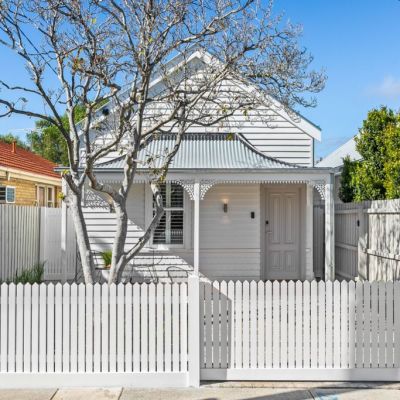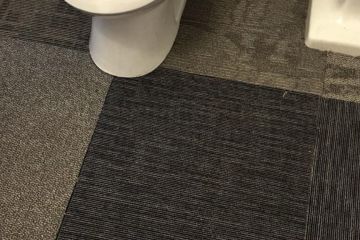Many Australians face losing their homes right now. Here’s how the government should help
An important principle was invoked by Prime Minister Anthony Albanese last week in defence of the government’s Future Made in Australia industry policy announcement.
“There is a role for government sometimes in just providing […] support to get over the hump”, Albanese said, for otherwise sustainable companies facing rough patches in the quest to diversify Australia’s manufacturing base.
That same principle underpins the HomeKeeper program I proposed in The Conversation last year. The idea is to help mortgage-stressed owner-occupiers avoid losing their home.
If it’s a good idea for companies, why not for responsible and otherwise financially-viable Australians at risk of losing their homes in a cost-of-living crisis?
HomeKeeper is modelled on the pandemic-era JobKeeper program, but applies key lessons from flaws in JobKeeper’s design.

Crucially, it’s not a handout. Nor is it a contingent loan, the shortcomings of which Higher Education Contribution Scheme (HECS) debts have made painfully clear.
Rather, it’s government help through a small equity stake with positive returns for taxpayers when HomeKeeper help is no longer needed.
Mortgage-stressed owner-occupiers could get some breathing space to recapitalise, with government making their mortgage payments direct to the home-owner’s bank up to a modest (say $25,000 overall) ceiling.
In exchange, the government would own a small equity stake in the property, equal to the value of the mortgage aid as a proportion of the property’s market value at the time. Government would get its proportionate share back at market value later, when ownership of the property next turned over – or sooner if the homeowner chose.
Good for the homeowner. Good for taxpayers. Good in the way it stops already way-too-long rental queues and homelessness from worsening.
People need help now
HomeKeeper would be of most help to lower income families who often don’t have a “Bank of Mum and Dad” to help them “over the hump”, as Albanese puts it, during temporary difficulties.
With a relatively low ceiling on the overall assistance, it would make a real difference to families of modest means but be of no real help, and therefore of little interest, to McMansion owners needing large scale assistance to avoid forced sales.
Crossbenchers see the benefits. Independent MP for Goldstein, Zoe Daniel, canvassed HomeKeeper in parliament in December noting, “the assistance would go straight from the government to the bank, ensuring it didn’t add to consumption and inflation”.
ACT Independent Senator David Pocock backed HomeKeeper last week in his additional comments in the Senate Economics Legislation Committee report on the government’s Help To Buy Bill 2023.
Pocock noted that taxpayers would be winners from the policy too.
“Given expectations that house prices will generally continue to rise for the foreseeable future, the taxpayer would typically benefit to that extent from the repayment; that is, reflecting the size of the government’s equity stake acquired via temporary mortgage payment support.”

Pocock wants the government’s Help To Buy mechanism amended to enable low- and middle-income earners “facing mortgage repossession and possible homelessness to remain in home ownership” via a HomeKeeper-style program.
Establishing HomeKeeper is more important than ever because the monetary policy script isn’t following the arc politicians and policymakers planned.
Internationally and nationally, inflation is easing, but more slowly and fitfully than hoped.
Predictions that cuts would come sooner rather than later have been dashed more than once when reported United States economic data was stronger than expected, or when markets were affected by upticks in international conflict.
Throughout, Australia has been expected to begin cutting rates last among the world’s industrialised economies, since it was last to begin ramping rates up and the economy kept pumping along strongly.
Tightening the budget screws, the Albanese government is counting on multiple rate cuts in the run up to the next federal election, due to be called by next April, to put voters in a better mood.
At 31%, Labor’s support risks sliding into the 20s according to RedBridge Group pollster Kos Samaras.
Albanese’s net approval rating is barely ahead of Peter Dutton’s. Both are negative, suggesting a “pox on both your houses” sentiment among voters.
Relying on interest rate relief to arrive isn’t enough
Fiscal policy is doing its bit to help turn the tide on interest rates. Sustained effort by Treasurer Jim Chalmers and Finance Minister Senator Katy Gallagher has turned around the dire budget balance and debt mountain inherited from the Morrison government.
The latest IMF figures on G20 nations, released this week, show Australia now has the second strongest net budget balance and fourth lowest net debt in the industrialised world – a remarkable effort.
Yet interest rates in Australia are not falling.
What’s more, even without further rate increases by the Reserve Bank of Australia (RBA) this year, the average mortgage rate is set to rise anyway according to research by the RBA’s Domestic Markets Department’s Benjamin Ung.
Little wonder then that mortgage stress is extensive and worsening. Nearly a third (31.4%) of mortgaged owner-occupiers are “at risk” of mortgage stress according to the latest Roy Morgan survey. Nearly one in five (19.7%) are “extremely at risk”.
Many mortgaged owner-occupiers are at and beyond the end of their tether as more and more of them face voluntary self-initiated house sales or, worse, forced sales by their banks.
In his McKell Institute lecture in February, Chalmers declared he was committed to “relief and reform”, not one or the other.
Monetary policy pinch points don’t need to, and shouldn’t, throw financially responsible and otherwise viable mortgage-stressed owner-occupiers onto the rental queue or into homelessness.
Monetary policy in Australia should be reformed by supplementary humane, modest and economically effective policy to stave off collateral damage in the housing market during the worst part of the cycle.
Next month’s budget is an opportunity for the government to move beyond its “I feel your pain” rhetoric to a HomeKeeper-style policy for this particular group of temporarily squeezed Australians.
It will be too late for those who have already lost their homes.
But it could prove decisive at the margin to save a lot of others currently weighing up whether tents or cars are their best bet for shelter as the banks move in on their homes. These Australians don’t deserve to be incidental victims in government’s pursuit of the worthy goal of low inflation.
HomeKeeper isn’t meant to be a total solution to our hydra-headed housing woes. Rather, it’s a way to keep key elements of it from getting worse.
It can save real people whose foothold in society is temporarily, and often unexpectedly, precarious from tipping into a social security system that can’t cope with the challenges it already has.
Losing that foothold happens quickly. Regaining it takes a long time, if ever. The longer it takes, the more damaging to individuals and families, and the more costly it is to governments.
Albanese is right – sometimes there’s a role for government in providing help to get over that hump.![]()
Chris Wallace, Professor, School of Politics Economics & Society, Faculty of Business Government & Law, University of Canberra
This article is republished from The Conversation under a Creative Commons license. Read the original article.
We recommend
We thought you might like
States
Capital Cities
Capital Cities - Rentals
Popular Areas
Allhomes
More










